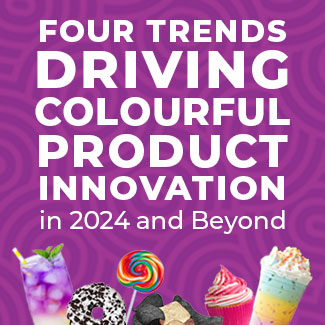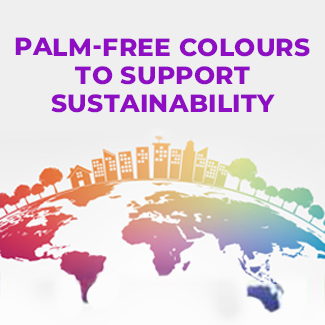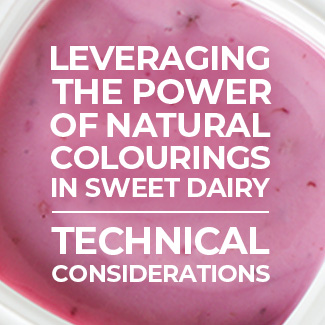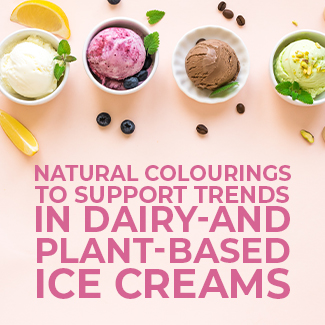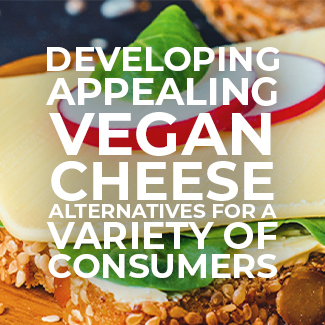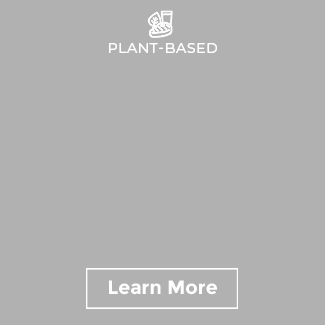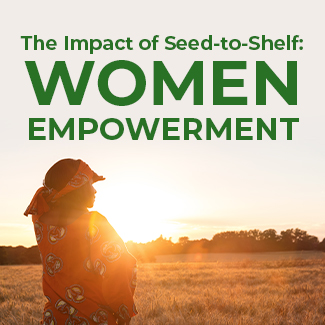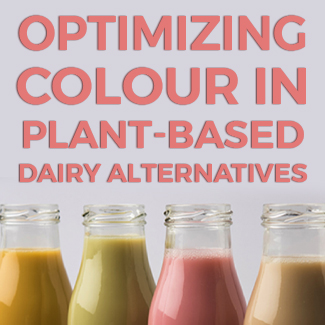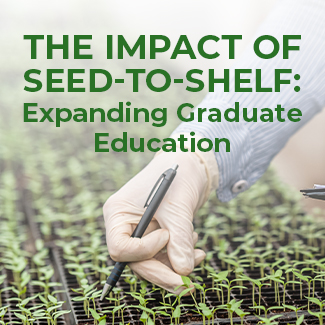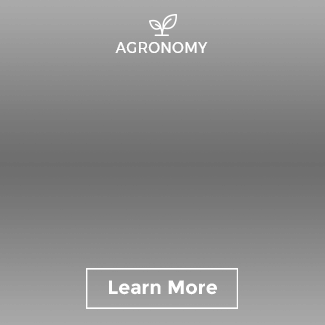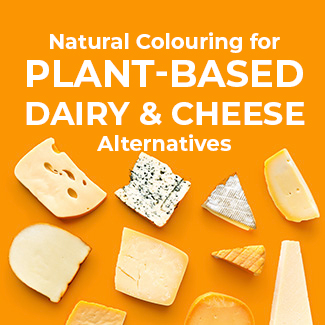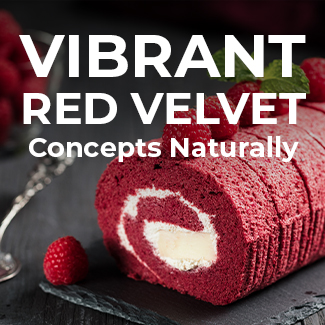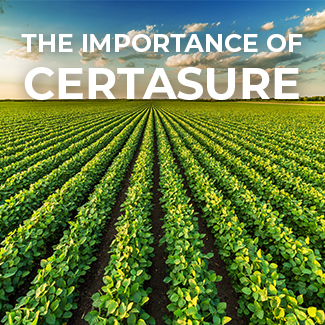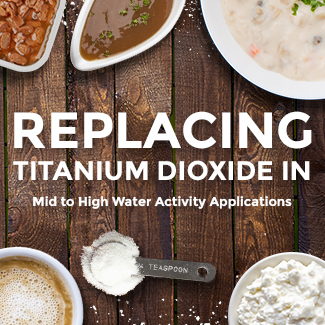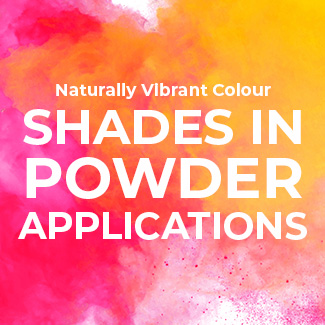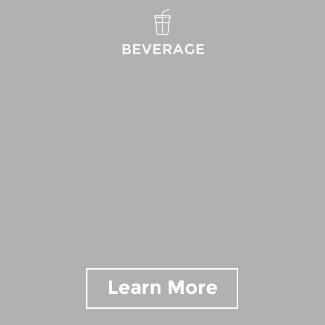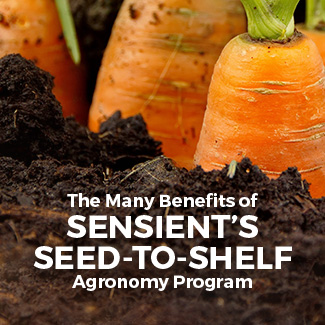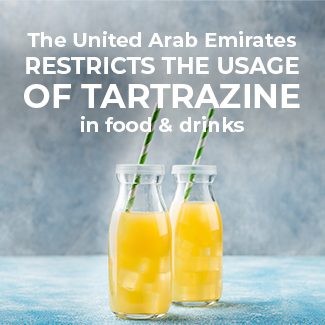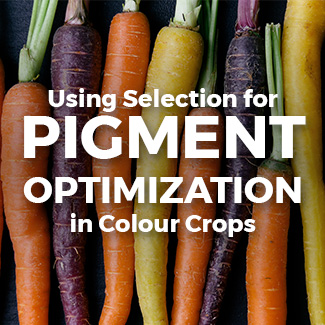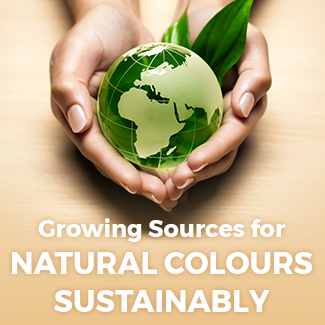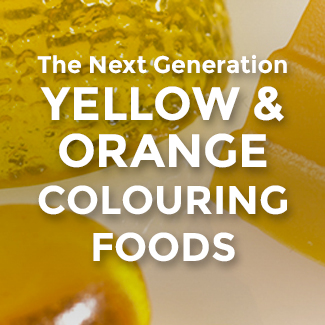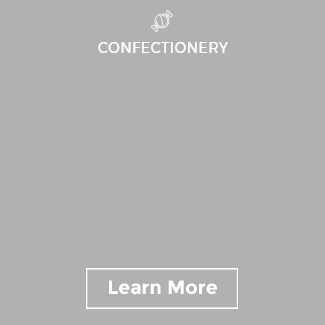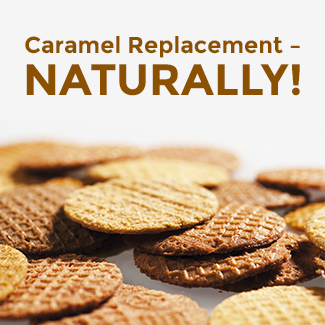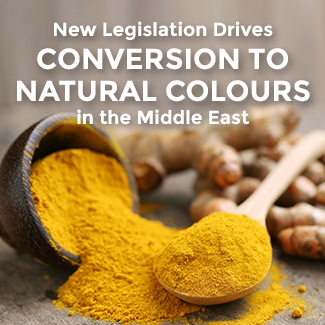Upcycling Botanical Surplus into Bright Colours
The Economics of Natural Food Colour
Around 40-70% of the cost for a typical natural colour is due to its raw material. Sensient’s agronomy program continues to innovate to raise pigment levels in botanical sources as a pathway to meaningful cost improvement over time, but another way is “upcycling” botanical surplus into a colourant. Upcycling is transforming unwanted material into a high quality product with greater environmental value. It’s quite the sustainable effort, and multinational food companies are starting to realize the attraction of an upcycling model. There are even some upcycled offerings now in mainstream retail outlets.
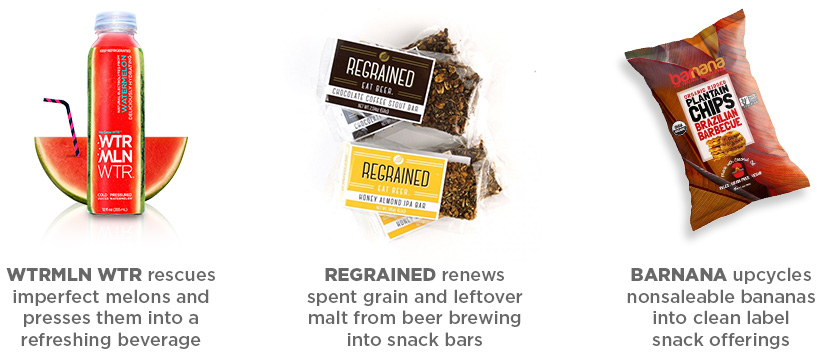
In the colour industry, upcycling may not be the most efficient way to reduce cost-in-use for most natural colour sources, but some unused botanicals like the surplus grape skin material from wine production have very high potential. Here’s a glimpse of Sensient’s upcycling process for colour from grape skins…

Integrating Food Safety into Upcycling
Food safety is an extremely important factor in the re-imagination of unused food material. As a globally recognized expert in food safety, Sensient is no stranger to strict quality protocols, especially since colour from natural sources inherently requires tighter food safety measures. Like all of our botanicals, we run the grape pomace through the robust testing protocols of our integrated food safety for quality assurance. Additionally, since the grape surplus is delivered to Sensient from many different growers and winemakers throughout Italy, the grape skin extract colour undergoes an intense standardization process to ensure batch-to-batch colour consistency.
Upcycling discarded grape pomace into a brilliant, label-friendly colour demonstrates Sensient’s commitment to sustainability. We view renewable practices like upcycling as important aspects to our long-term health as a company and a planet.




